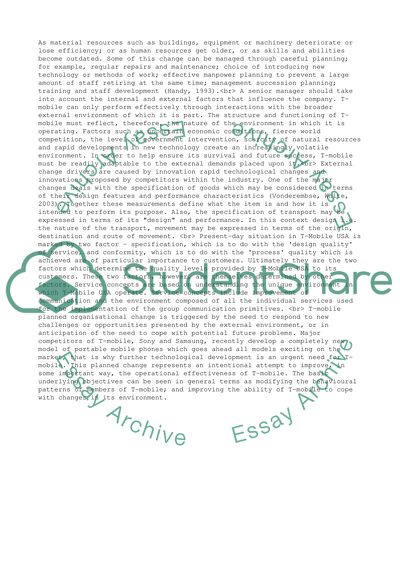Cite this document
(“T-Mobile Essay Example | Topics and Well Written Essays - 2250 words”, n.d.)
T-Mobile Essay Example | Topics and Well Written Essays - 2250 words. Retrieved from https://studentshare.org/business/1517963-t-mobile
T-Mobile Essay Example | Topics and Well Written Essays - 2250 words. Retrieved from https://studentshare.org/business/1517963-t-mobile
(T-Mobile Essay Example | Topics and Well Written Essays - 2250 Words)
T-Mobile Essay Example | Topics and Well Written Essays - 2250 Words. https://studentshare.org/business/1517963-t-mobile.
T-Mobile Essay Example | Topics and Well Written Essays - 2250 Words. https://studentshare.org/business/1517963-t-mobile.
“T-Mobile Essay Example | Topics and Well Written Essays - 2250 Words”, n.d. https://studentshare.org/business/1517963-t-mobile.


